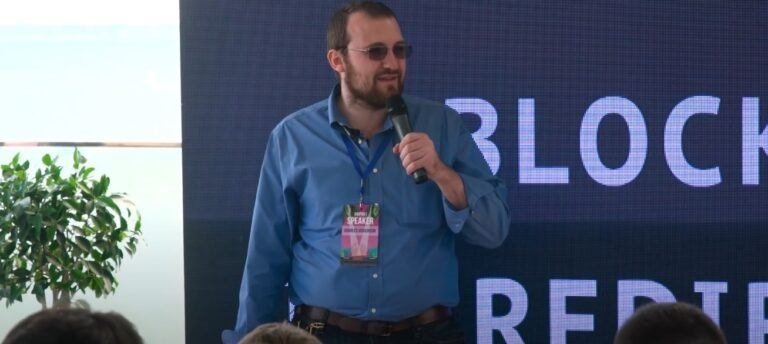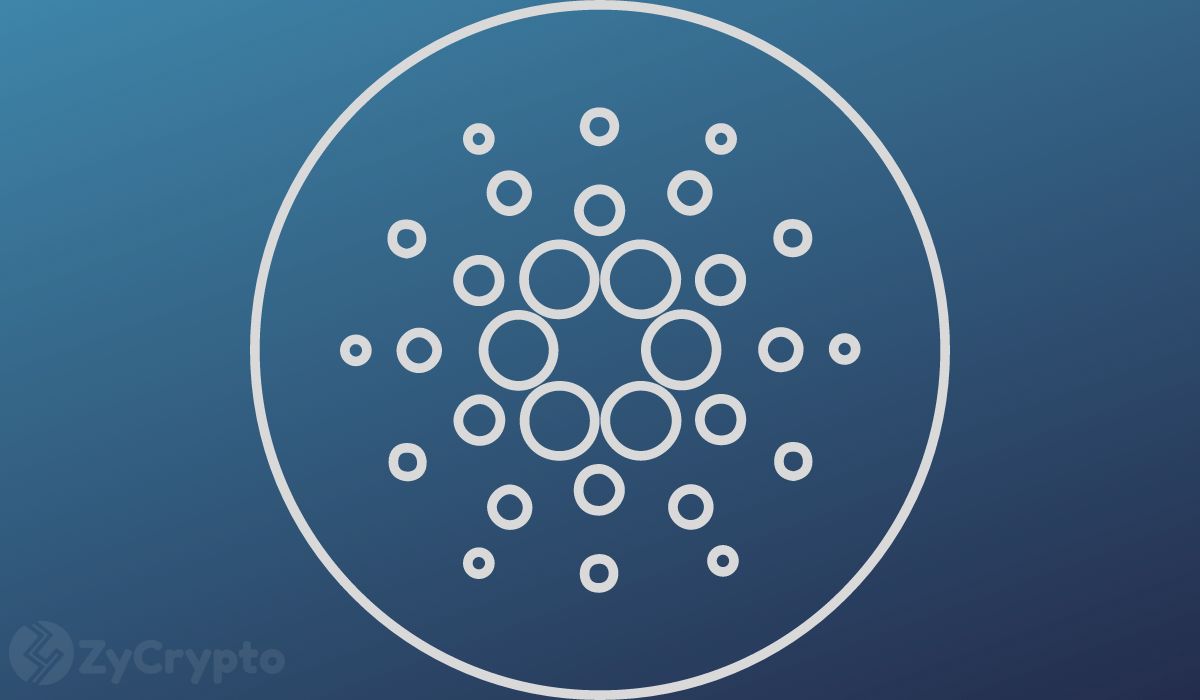Hoskinson Says Circle (Usdc) Using Monopoly To Harm Competitors
Cardano founder Charles Hoskinson backed the allegations against Circle of misusing market dominance to harm the competitors and they explored Ripple Stablecoin ($RLUSD) as a better option.Stablecoins &...

Cardano founder Charles Hoskinson backed the allegations against Circle of misusing market dominance to harm the competitors and they explored Ripple Stablecoin ($RLUSD) as a better option.

Challanges with USDC adoption
Recently, a Cardano ($ADA) enthusiast took to X (formerly Twitter) to explain how the $USDC stablecoin issuer is cheating other crypto projects and said that Cardano leaders need to remain away, instead go for better options.
The crypto enthusiast pointed out several points against Circle, these are as follows.
High Fees Charge for USDC Stablecoin Adoption
Circle charges a huge one-time fee and also a yearly fee just for integrating USDC stablecoin into a blockchain network. It makes the adoption of USDC stablecoin expensive for smaller and developing blockchains to support USDC.
Draining Liquidity from Other Chains
Allegedly, When a blockchain integrates USDC by paying high fees, then Circle does not support liquidity (money flow) on that chain, but they move funds to their preferred crypto blockchain network like $SUI, a crypto blockchain fractionally owned by Circle.
False Promises to Other Blockchains
Before integrating USDC, the Circle team convinced other blockchain projects who were interested in adopting USDC, like Polkadot and Algorand, to adopt USDC by making vague promises about increasing trading activity and liquidity, but after paying millions of dollars, they didn’t see any real benefits.
Conflicts of Interest with SUI Blockchain
Some top crypto blockchains that adopted USDC by paying in millions, noticed funds moving out to $SUI.
Later it was discovered that Circle has a stake in SUI. It means they misuse
d their monopoly to direct liquidity away from competitors to benefit their own network.
Extremely High Costs to Maintain USDC Liquidity
Evidence found that a crypto project needs at least $30 million to make USDC useful on their blockchain. Here, The most important thing to be noted is that the cost of getting USDC integration itself is $15 million.
So, ultimately a crypto blockchain needs at least $45 million, just to make USDC usable. Obviously, this is a very big amount. Instead, a project would use this huge amount of money for a better level of development activities.
Ripple’s Stablecoin (RLUSD): a Better Option for Cardano & Other Blockchains
The crypto X user who raised these allegations against Circle firm suggested adopting Ripple stablecoin ($RLUSD). He noted there are several benefits offered by Ripple, a San Francisco headquartered blockchain firm.
Lower Cost of Entry
Ripple’s RLUSD does not charge high fees to integrate into a blockchain, which means Cardano and other crypto networks that are in the initial phase of growth can adopt it without spending millions.
Support for Liquidity Growth
Ripple has a systematic plan to provide an incentive to fund liquidity on the Blockchain network to ensure $RLUSD is actively used. Also, If Ripple stablecoin adoption fails on any new network, then they will work to make it successful.
Backed by a Trusted Entity
RLUSD stablecoin is backed by a well-established company in this innovative space and has strong connections in the crypto & non-crypto financial industry. This means that the integration of this stablecoin provides an edge in gaining adoption.
Legal Protection in the U.S.
As we know, Ripple is a U.S.-based company, so all the Ripple stablecoin users and businesses have direct legal recourse in the US jurisdiction if anything goes wrong.
If Circle goes bankrupt or engages in fraud, then USDC Stablecoin users have to deal with complex foreign legal systems, making it very rare to recover the lost funds.
Forcing USDC & Tether to Compete Fairly
The crypto X user suggested Cardano to adopt $RLUSD as the top priority because it might force Circle and Tether to enter for free to stay competitive. In this way, Cardano & also other new emerging crypto projects save themselves from paying massive fees just to bring stablecoins into their ecosystem.
Charles Hoskinson on top stablecoins unethical practices
Cardano founder Charles Hoskinson also responded to these allegations and said that he already talked about these unethical practices by top stablecoin firms, which are harming the crypto projects.
Hoskinson also raised questions related to Hard Fork development. He noted that such companies get to decide whether to support it or not a particular Hard Fork, which is currently a lived reality for the Ethereum blockchain.
I keep telling everyone how Circle operates and uses its monopoly to harm the market. What's worse than this outcome is actually having them on the chain. Imagine that for every hark fork, Circle gets to decide whether to support it or not. This is the lived reality for Ethereum… https://t.co/hBkIqDCsDG
— Charles Hoskinson (@IOHK_Charles) January 31, 2025
Earlier this three times Cardano founder talked about his interest in the integration of Ripple stablecoin in the Cardano ecosystem.
From time to time, many crypto X users raised questions against the leadership of the Cardano crypto project and asked why they’re failing to bring top stablecoins into the Cardano blockchain ecosystem. At the time, Hoskinson didn’t talk about these challenges but talked indirectly.
Also, some projects in the Cardano blockchain ecosystem tried to bring USDC & USDT like top stablecoins in the Cardano Defi environment, but later, no results surfaced to the practical level.
Conclusion
The circle is using its monopoly power to generate huge earnings in the form of fees, control liquidity, and favour its own blockchain investments like SUI. On the other hand, crypto networks like Cardano, Polkadot, and Algorand end up losing money with no real benefits.
In this critical situation, Ripple’s $RLUSD is emerging as a better alternative for developing crypto projects or for those who are not able to spend millions of dollars to bring stablecoin to their corresponding blockchain network. Because of lower costs, more liquidity support, better legal protection, and stronger incentives to grow, $RLUSD is surely a better choice. So we can say that by adopting RLUSD, Cardano and other blockchains can avoid Circle’s monopoly, save money, and further use the saved money to strengthen their crypto ecosystems.
Cardano ($ADA) price action
The current trade price of $Ada, the native token of the Cardano blockchain, is $0.8 & this price level is 5% higher over the last 24-hour trade period.
Read also: Top Crypto Headlines: Trump’s Czar To Host Event on Bitcoin, Btc $91K, Binance Fires 60 Employees

Delegate Your Voting Power to FEED DRep in Cardano Governance.
DRep ID: drep12ukt4ctzmtf6l5rj76cddgf3dvuy0lfz7uky08jfvgr9ugaapz4 | We are driven to register as a DRep by our deep dedication to the Cardano ecosystem and our aspiration to take an active role in its development, ensuring that its progress stays true to the principles of decentralization, security, and community empowerment.DELEGATE VOTING POWER!








